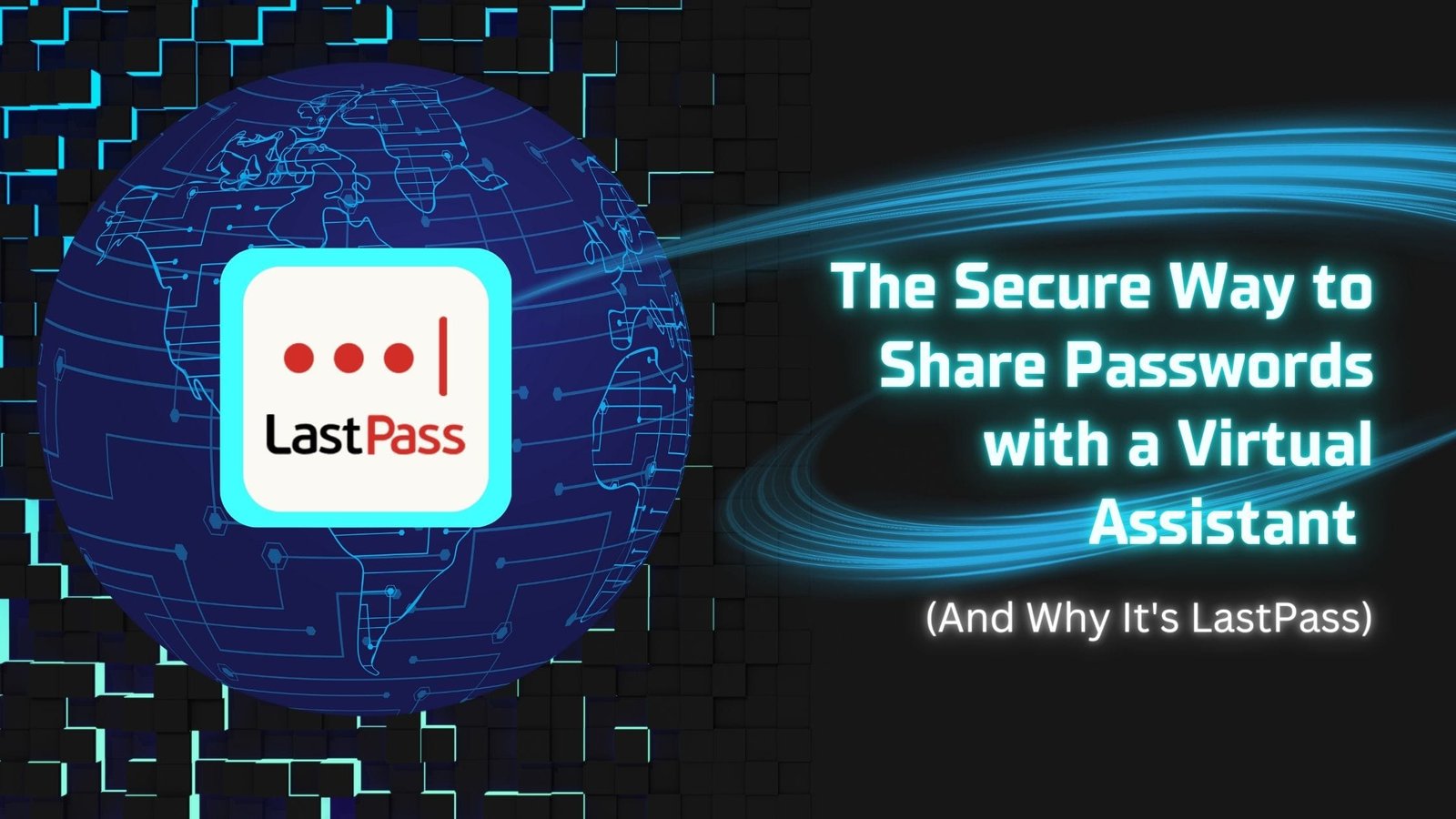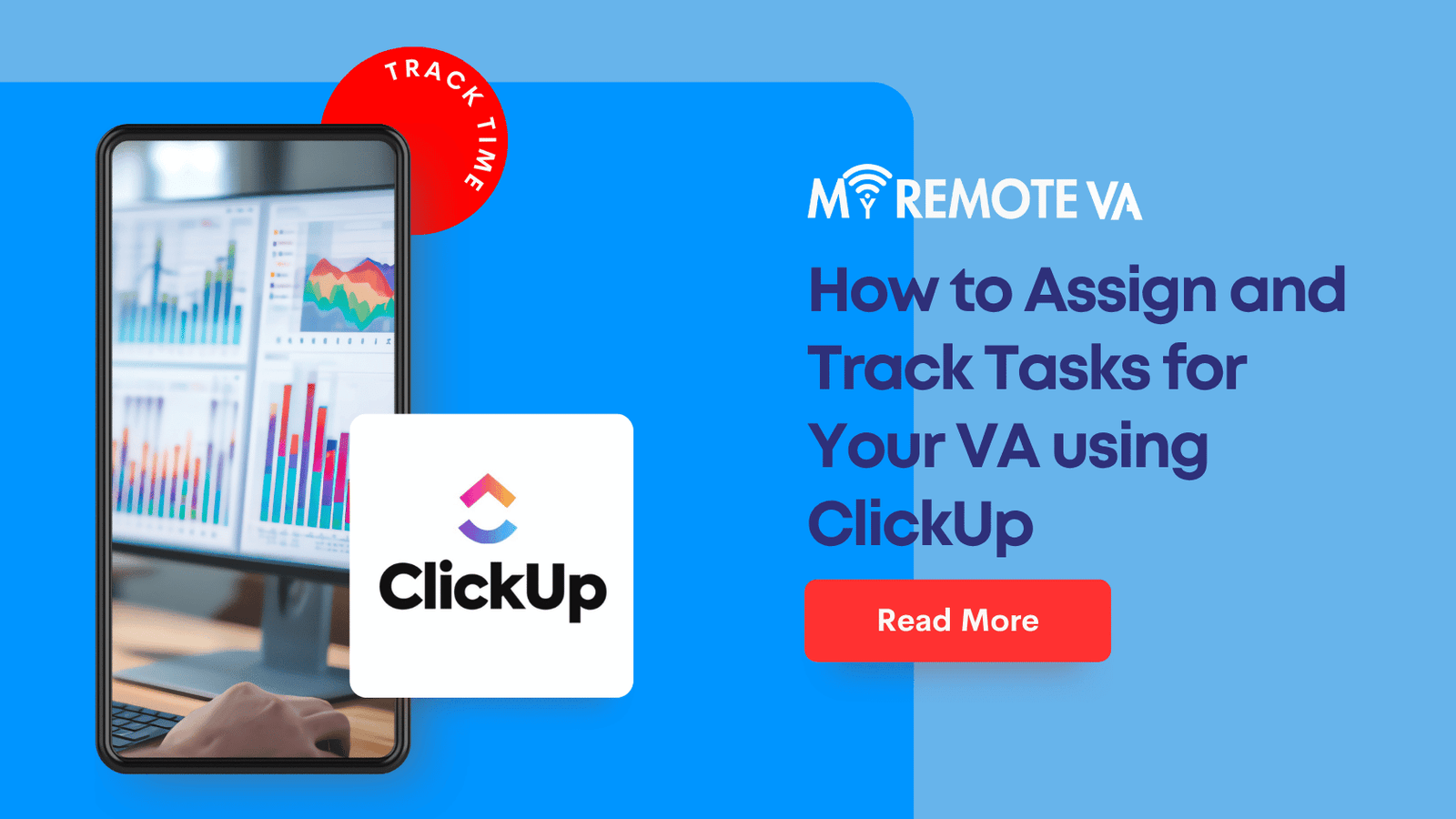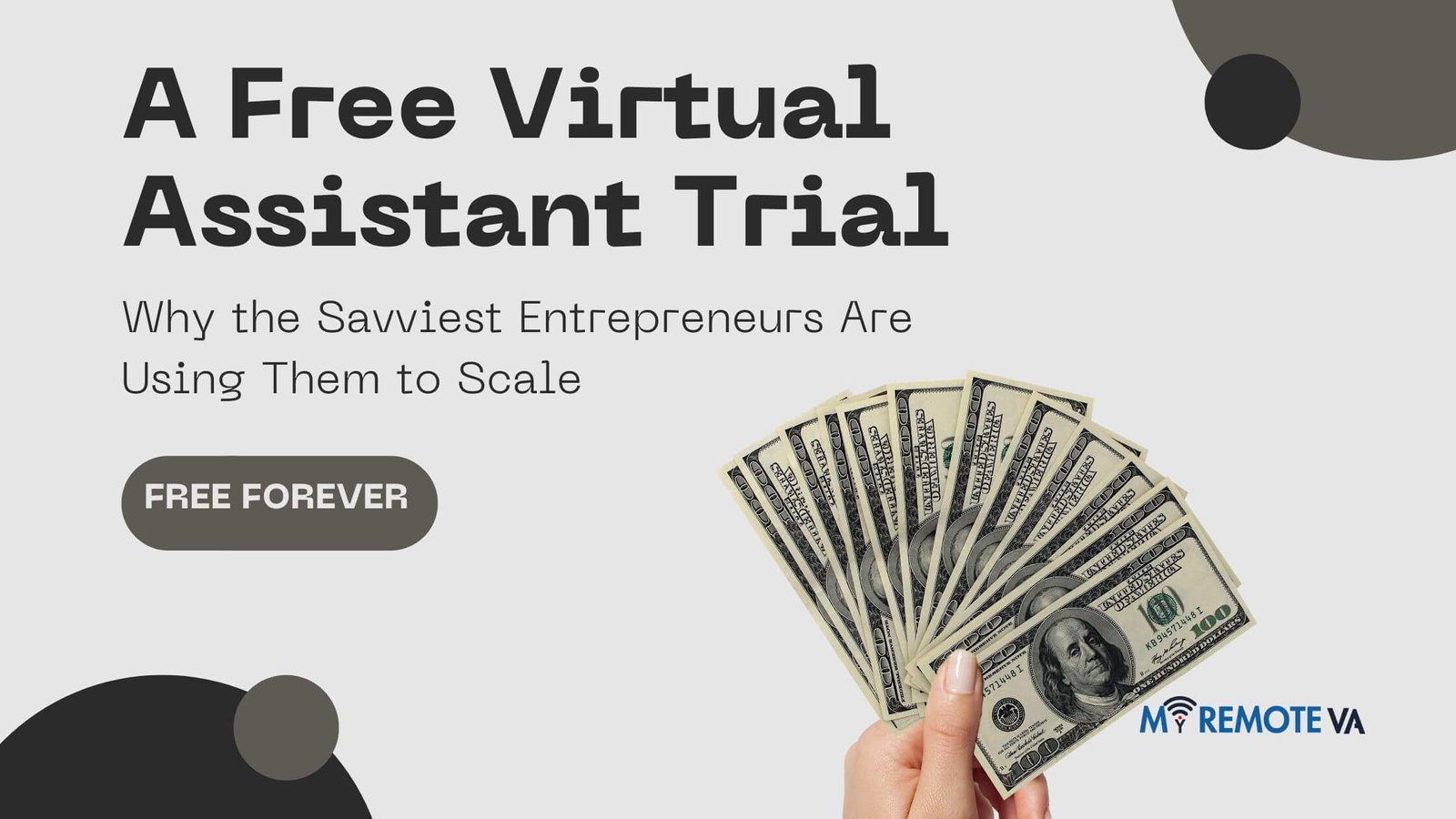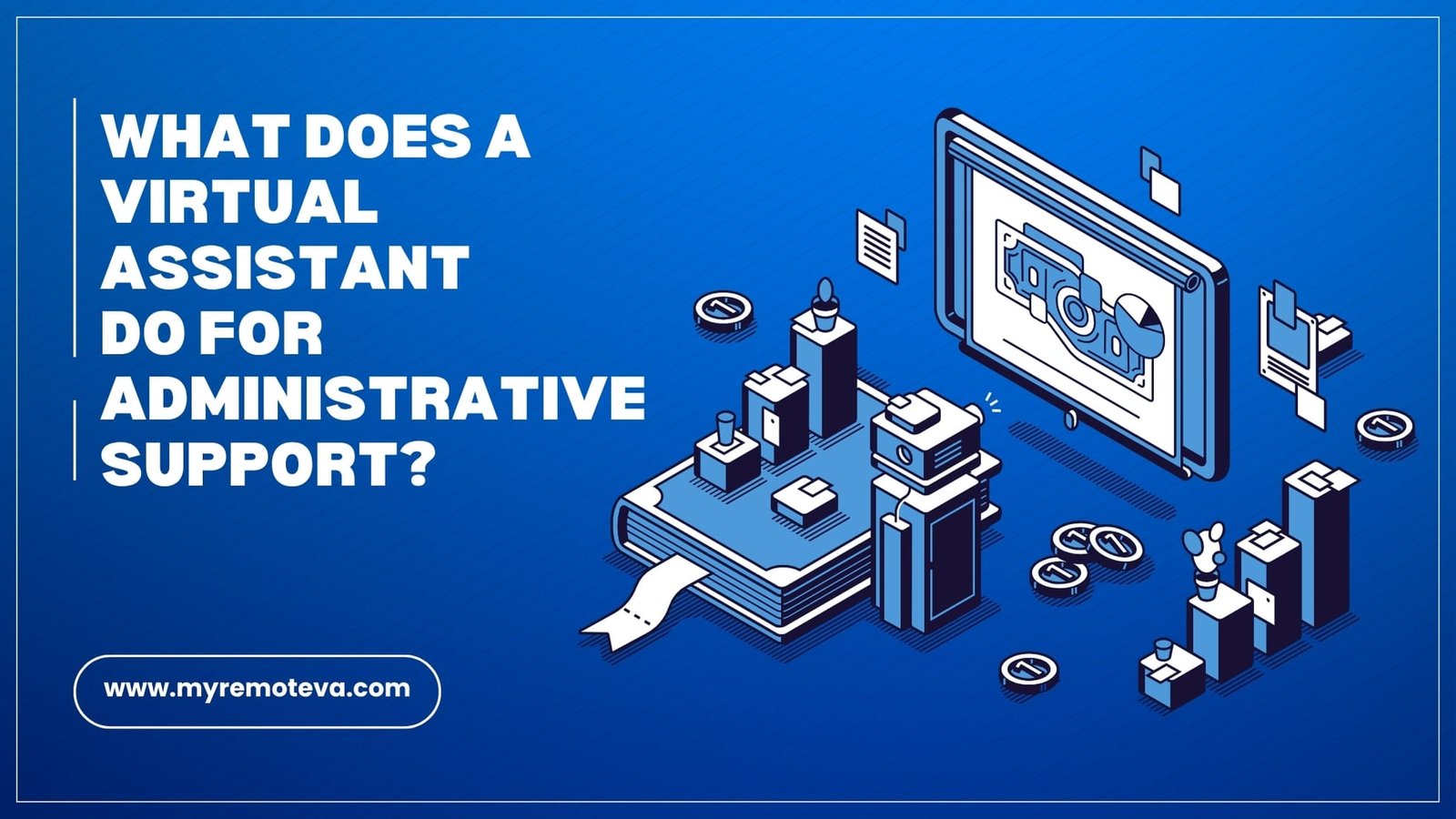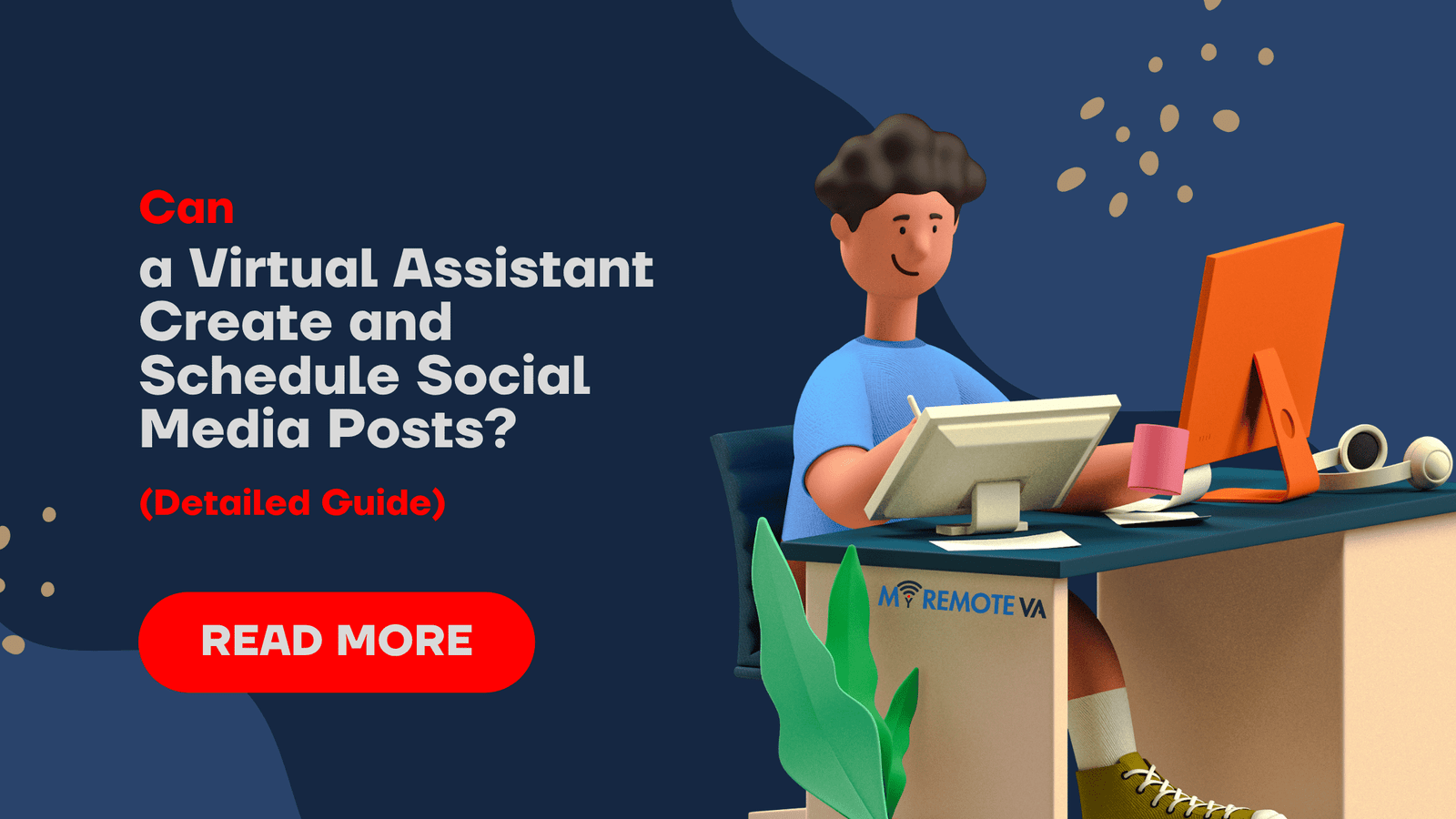So you’ve just hired a virtual assistant. It’s an exciting moment, right? You’re picturing your to-do list finally shrinking, freeing you up to focus on the big stuff. But then a little shiver of dread runs down your spine. You need to give them access to your digital life—your social media, your email marketing, your project management tools. All those logins you’ve spent years protecting. The thought of just… emailing them over makes your skin crawl. You know it’s a terrible idea, to Share Passwords like leaving your front door unlocked with a giant “Come on in!” sign hanging on it.
I’ve been there. When I first brought on a VA, I was a digital packrat with a mental Rolodex of a hundred different passwords. It felt impossible. How do you hand over the keys without giving away the whole kingdom? That’s when I discovered password managers, and LastPass, in particular, became my go-to. It wasn’t just a convenience; it was a complete game-changer for securely sharing passwords with a virtual assistant. It’s the difference between a panicked, risky exchange and a calm, professional one.
Using a tool like this creates a secure, encrypted handshake between you and your VA. You can give them exactly the access they need to get their work done, without them ever seeing your actual secret code. This isn’t just about protecting your business from a data breach; it’s about building a solid foundation of trust and a professional workflow from the very beginning. When you show your VA you take security seriously, it sets the standard for how you expect them to operate. It’s a win-win.
In this guide, we’ll walk through why LastPass is such a brilliant solution for this specific problem, how to set it up so you can stop worrying, and even explore some great alternatives. My goal here is for you to feel completely confident in your ability to delegate securely. Your peace of mind is a valuable asset—let’s make sure you hold onto it.
Why LastPass is a Must-Have for Sharing Passwords with a VA
Let’s be honest. Without a proper system, the options for sharing logins are terrible. You’re either sending them in plain text via email, which is a major no-no, or a shared document, which is just as bad. These methods are essentially an open invitation for a data leak. They’re unencrypted, easily intercepted, and leave a permanent trail of your most sensitive information floating around the internet. It’s the kind of thing that makes you want to cover your laptop with a blanket and never open it again.
LastPass sidesteps all this mess with its powerful “zero-knowledge” security model. This is the secret sauce. It means that all your sensitive data—passwords, secure notes, everything—is encrypted on your device before it ever touches LastPass’s servers. They literally have zero knowledge of your unencrypted data. Only you, with your master password, can unlock your vault. When you share a password with your virtual assistant, it travels from your encrypted vault to their encrypted vault. No one, not even LastPass, can peek at it during the journey. This isn’t just a feature; it’s the core of their security and a huge sigh of relief for anyone who manages a remote team.
Beyond the tech, this practice also elevates your entire business operation. It transforms the act of giving a password from a sketchy, informal exchange into a structured, professional process. You’re not just handing over a secret; you’re securely sharing a resource. It’s the digital equivalent of hiring a security guard for your office instead of just leaving a key under the welcome mat.

Setting Up Your LastPass Account for Your Virtual Assistant
Okay, let’s get down to the brass tacks. First, both you and your VA need a LastPass account. While the free version works for basic sharing, for a real business relationship, you’ll want to invest in a paid plan like Teams or Business. It’s worth every penny for the extra admin controls, like the ability to quickly cut off access and manage credentials in shared folders.
Sharing is a breeze once you’re set up. You can securely share individual logins from your vault by just entering your VA’s email address. Here’s the magic part: you can choose to share the login without actually revealing the password. The VA will be able to use the autofill feature to log into the site, but they won’t see the actual password in plain text. This is a huge deal. It means you can give them the tools to succeed without ever exposing your sensitive data. They get the job done, and you get to sleep at night.
For more streamlined workflows, shared folders are your new best friend. Let’s say your VA handles all things social media. Instead of sharing five different logins one by one, just create a “Social Media” folder, drop all the logins in there, and share the entire folder with them. This saves so much time during onboarding. And if your VA’s contract ends, you can revoke access to the entire folder in a single click. It’s a beautifully simple, organized system.
I also can’t recommend the Secure Notes feature enough. This isn’t just for passwords! It’s the perfect place to safely store and share non-login details like credit card numbers for purchases, API keys, or any other sensitive info. Don’t send that stuff in an email. Treat your sensitive data like it’s a priceless artifact in a museum vault—because it kind of is. Speaking of staying organized, if you’re looking for other ways to streamline your business, you should check out our guide on finding the best small business accounting software, which can help you get your finances in order.
Pro Tips for Securely Using LastPass with Your VA
Just having the tool is only half the battle. You have to use it smartly. My number one rule? Always, always, always enable multi-factor authentication (MFA) on your LastPass account. If your VA has a LastPass account, they should too. This adds a crucial layer of security, requiring a second form of verification (like a code from their phone) to log in. It’s like adding a second deadbolt to your digital door. It makes it nearly impossible for anyone to get in, even if they somehow got their hands on your master password.
Another key principle is to only grant the least amount of access necessary. Does your VA who handles your social media marketing really need access to your banking logins? Probably not. LastPass gives you the power to share only the specific logins they need for their assigned tasks. This is a foundational cybersecurity concept known as the “principle of least privilege,” and it’s a brilliant way to minimize your risk exposure. By limiting access, you’re not just being cautious; you’re being smart.
I also suggest doing a quick audit of your shared passwords every few months. If your VA’s responsibilities change, or if you end your working relationship, you need a plan to revoke access instantly. LastPass makes this incredibly easy. You just un-share the folders or individual logins, and their access is gone. No more wondering if they still have that old spreadsheet of yours tucked away somewhere. And to make sure your VA is creating secure logins, encourage them to use LastPass’s built-in password generator. It’s an easy way to ensure every new account they create has a strong, unique, and impossible-to-guess password.

Beyond LastPass: Other Password Managers to Consider
While I’m a big fan of LastPass, it’s smart to know your options. The good news is, LastPass isn’t the only secure solution for managing passwords with a virtual assistant. Other players offer similar security protocols with their own unique flair.
There’s 1Password, for instance. It’s got a reputation for its incredibly sleek, user-friendly design. It’s especially popular with Mac users, and features like its “Travel Mode” (which temporarily removes sensitive vaults from your device) are a nice touch. Their secure sharing and shared vaults work just as well as LastPass for teams, and the overall experience feels incredibly polished.
Then there’s Bitwarden. This one is a favorite for the budget-conscious business owner. Not only is its free plan incredibly generous, but its paid plans are also very affordable. What makes it stand out is that it’s open-source, which means its code is public for security experts to audit. This transparency is a huge draw for anyone who values top-tier security. If you’re looking for a powerful yet cost-effective way to manage your remote team’s passwords, Bitwarden should be high on your list.
No matter which tool you go with—LastPass, 1Password, Bitwarden, or another one entirely—the takeaway is the same: use a dedicated, encrypted tool. Don’t rely on risky workarounds. Your business is too important to leave to chance. For more on building a successful remote team, you can take a look at our guide on how to hire a virtual assistant, which can help you navigate the entire process from start to finish.

FAQs About LastPass for Sharing Passwords
Can I share a password with a virtual assistant without them seeing it?
Yes, you absolutely can! This is one of the best features of LastPass. You can share a login with your VA and grant them “autofill” permission. They’ll be able to use the login on the website, but the plain-text password will remain hidden from them. This ensures they can do their job without you having to expose your sensitive credentials.
Is LastPass safe to use for my business?
LastPass is widely considered a very secure option for businesses and remote teams. Its core security is built on a zero-knowledge model, which means your data is encrypted and decrypted on your device, not on LastPass’s servers. They can’t access your master password or your data. Combined with features like shared folders and multi-factor authentication, it provides a robust security framework for your team.
How do I revoke a VA’s access to a password?
It’s incredibly simple. In your LastPass vault, you can manage your shared credentials. You can simply un-share a password or remove a user from a shared folder, and their access will be revoked immediately. This gives you instant control and peace of mind when a project is complete or a working relationship ends.
Can I store more than just passwords in LastPass?
Yes, you can. LastPass has a feature called Secure Notes that acts as an encrypted digital vault for other sensitive information. You can use it to store and securely share things like credit card details, API keys, software license keys, or any other confidential data that you would never want to send over an insecure channel like email.
Are there other password managers like LastPass?
Yes, there are several excellent alternatives. Some of the most popular are 1Password, which is known for its user-friendly design and strong features for teams, and Bitwarden, which is a highly secure and affordable open-source option. All of these tools are designed to provide a much safer way to manage and share passwords than traditional, insecure methods.

